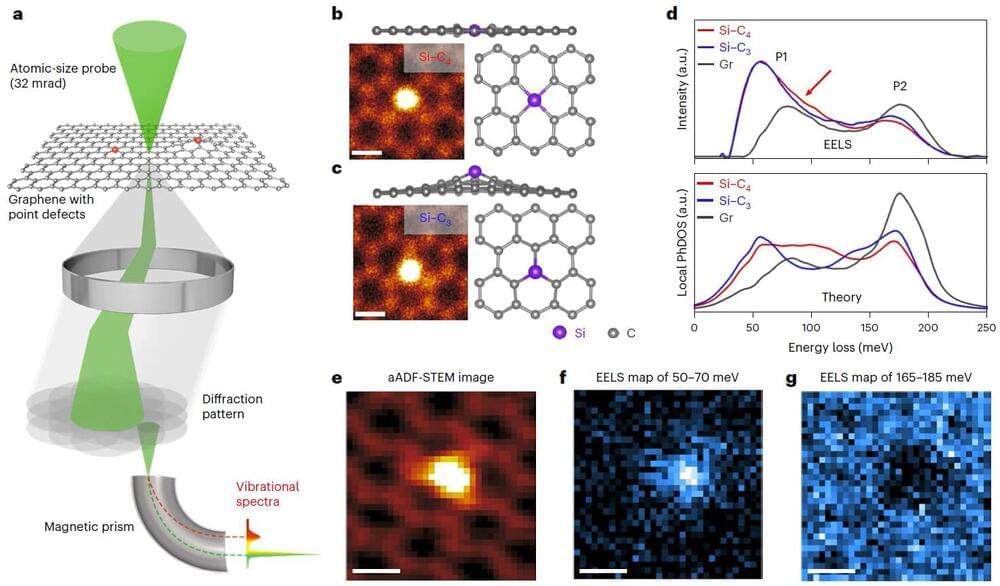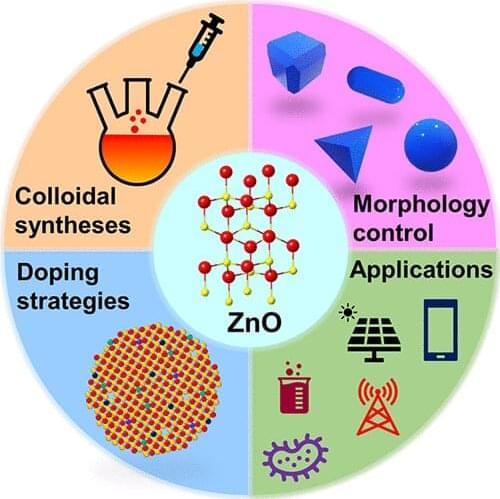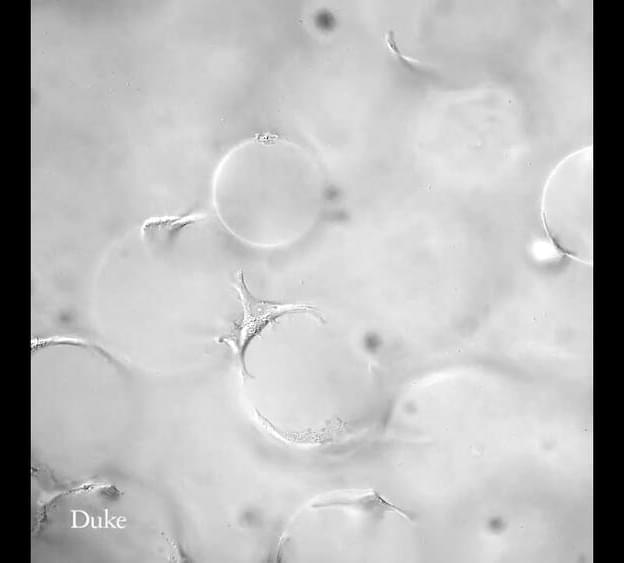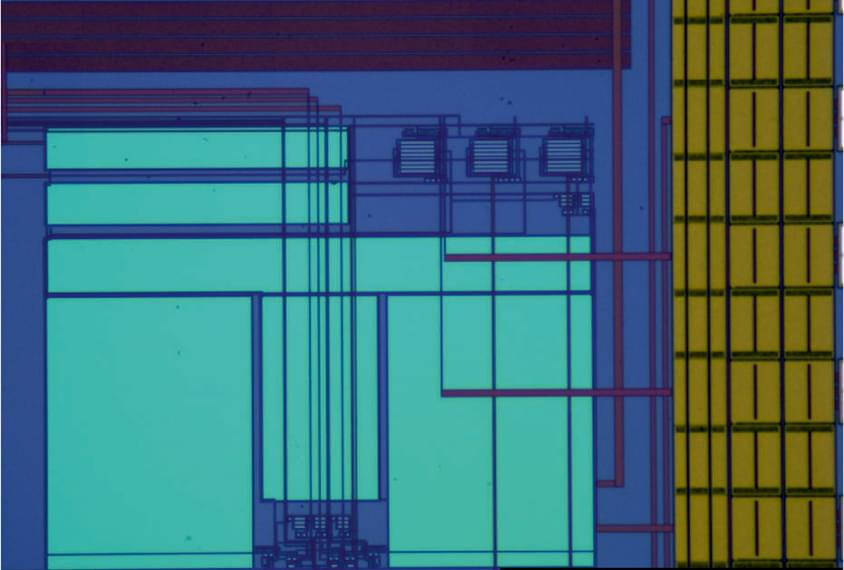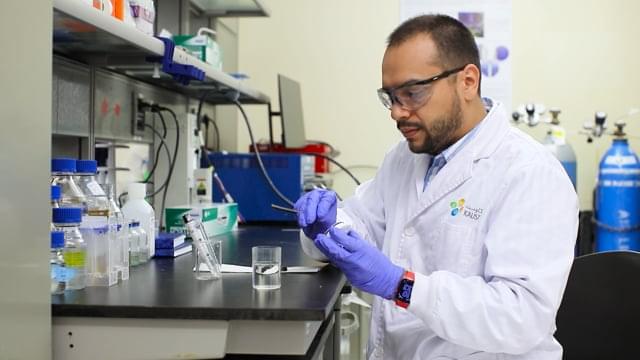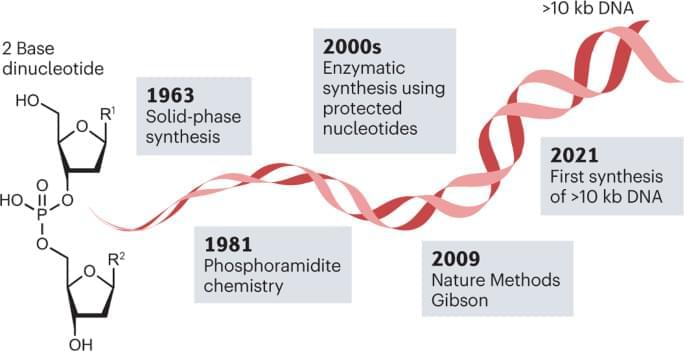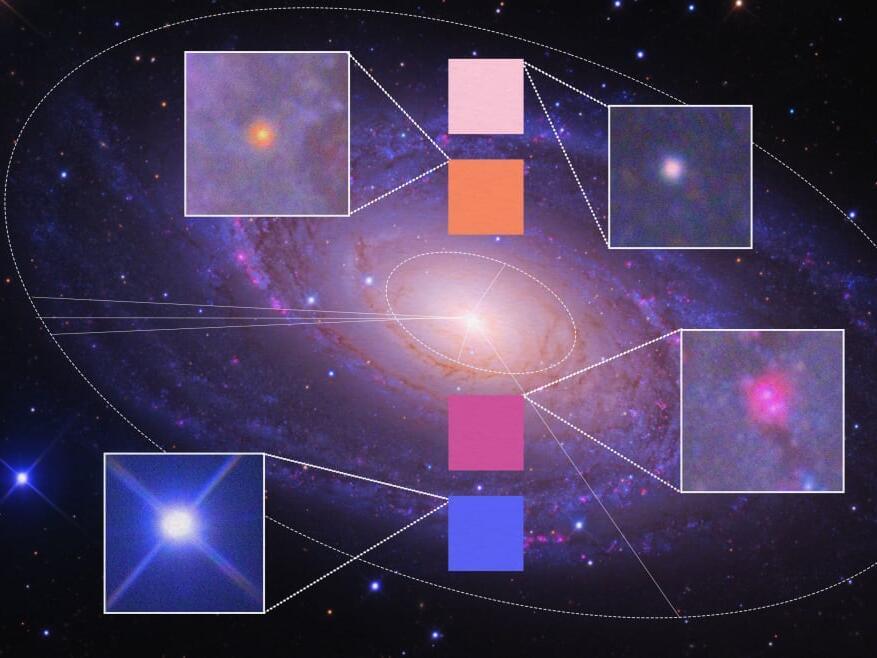Mar 24, 2023
Single-atom vibrational spectroscopy now sensitive at the level of chemical bonds
Posted by Dan Breeden in categories: chemistry, particle physics
Researchers led by Prof. Zhou Wu from the University of Chinese Academy of Sciences (UCAS) and Prof. Sokrates T. Pantelides of Vanderbilt University have pushed the sensitivity of single-atom vibrational spectroscopy to the chemical-bonding-configuration extreme, which is critical for understanding the correlation of lattice vibrational properties with local atomic configurations in materials.
Using a combination of experimental and theoretical approaches, the researchers demonstrated the effect of chemical-bonding configurations and the atomic mass of impurity atoms on local vibrational properties at the single-atom level.
The study was published in Nature Materials.
